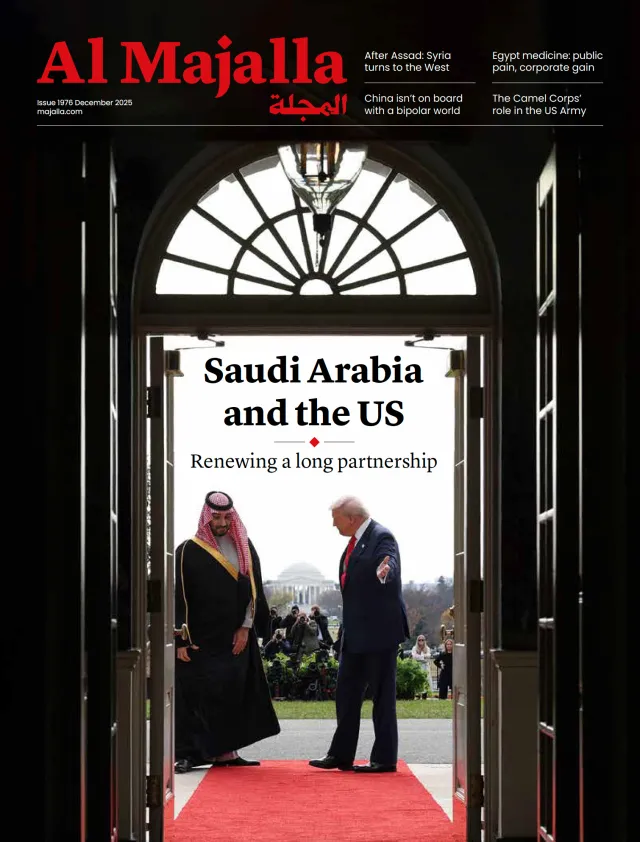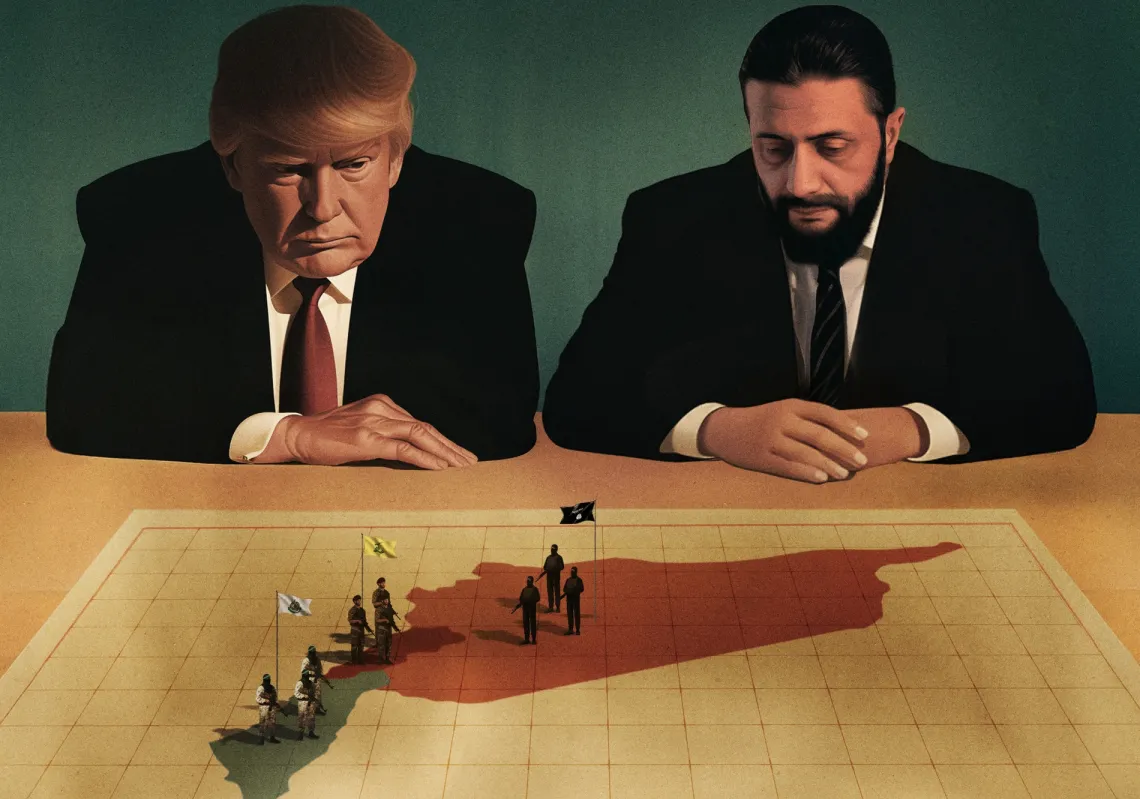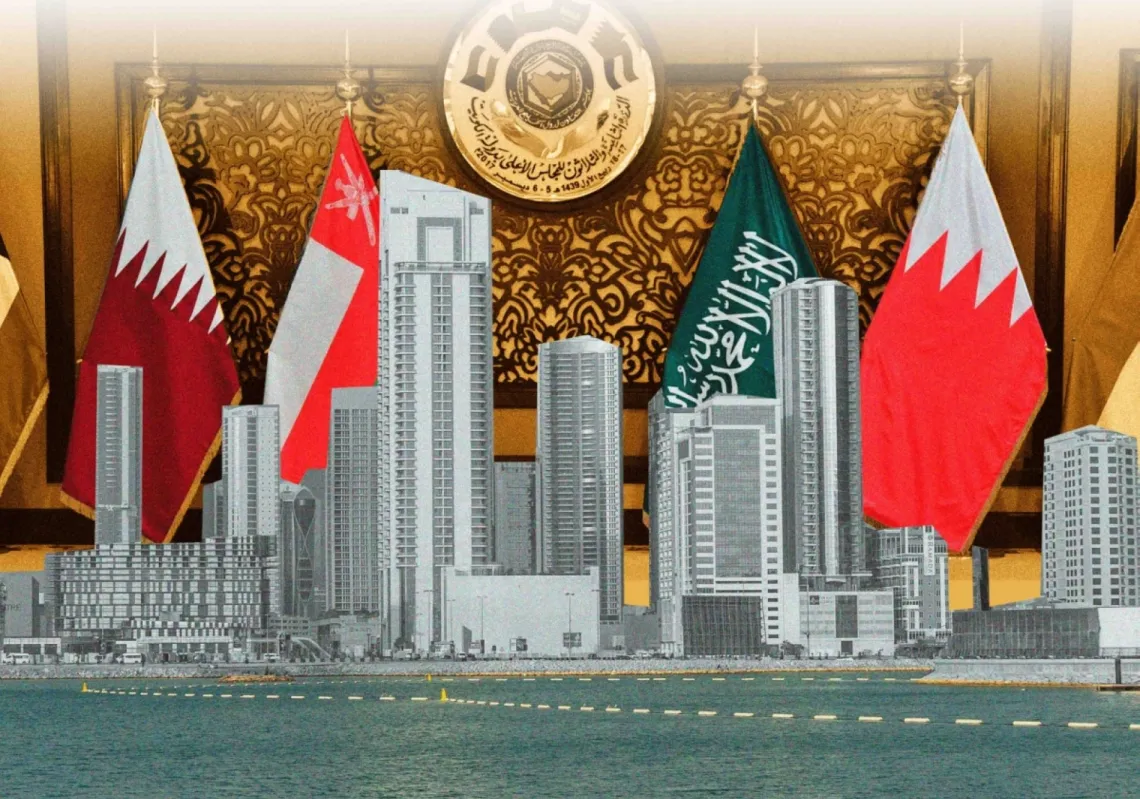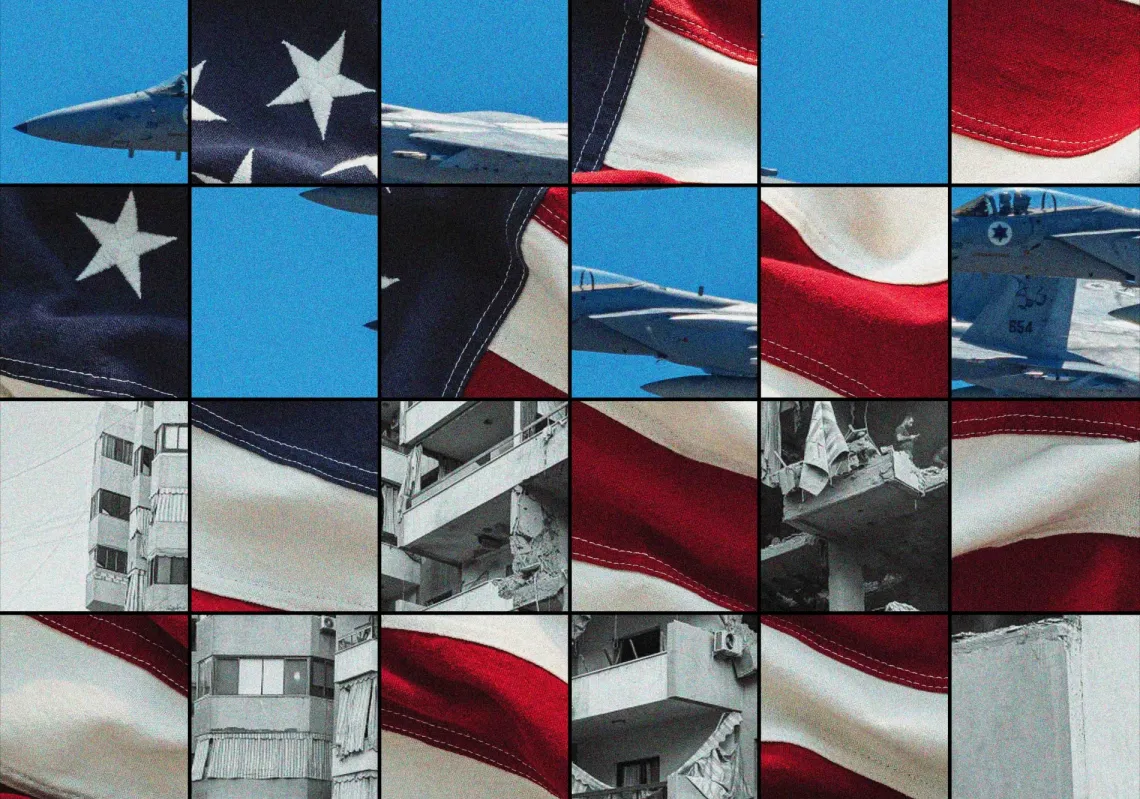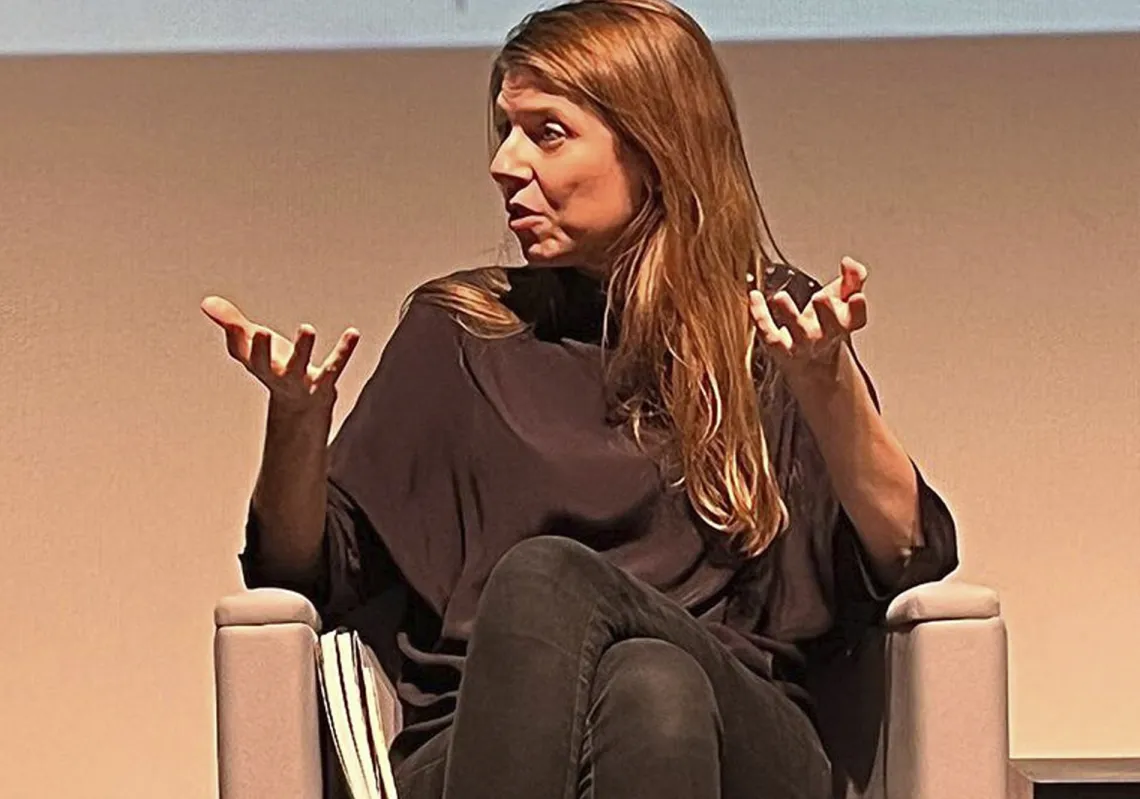In previous Gaza wars, reconstruction often became synonymous with temporary solutions rather than sustainable development. The most basic needs and aspirations of the population—after more than 16 months of a genocidal war launched by Israel following Hamas’s October 7 attack on Israel—are dependent on how regional and international stakeholders want Gaza to look like after the war stops.
Several plans have been floated for a post-war Gaza. Among them are an Egyptian plan, a rare Fatah-Hamas plan, Trump’s widely-condemned plan to turn the Strip into the “Riviera in the Middle East”, and an Israeli plan that apparently aims to scuttle a joint Arab effort to counter Trump’s unrealistic proposal.
The challenge of rebuilding Gaza is compounded by the fact that it remains under draconian Israeli blockade and occupation—one that extends beyond military presence; encompassing control over borders, airspace, and essential resources, creating an environment of profound instability and dependency. The Israeli blockade, imposed since 2007, has severely restricted the flow of goods, including construction materials, medical supplies, and food—all necessary things for rebuilding and sustaining life.
With each passing war, there is less appetite from donors to fund reconstruction, given the cyclical nature of Israeli bombardment and the grinding political stalemate. Many donors hesitate to commit large sums for reconstruction efforts that Israel will just destroy again in the future. This has led to a growing Arab consensus that Hamas should not run Gaza after the war.

Read more: Any plan for Gaza must guarantee Hamas can't reconstitute
Egyptian plan
The Egyptian plan—which state-run media outlets have leaked details of—seems to be the Arab consensus strategy. It is centred on the establishment of a technocrat Palestinian administration with no affiliation to Hamas or the Palestinian Authority. This entity would be responsible for governing the Strip and overseeing reconstruction efforts.
A Palestinian police force comprising mainly of former PA policemen—who remained in Gaza after Hamas took control of the strip in 2007—would oversee security with reinforcements trained by Egypt and the West. Under this plan, reconstruction would be implemented in three phases over the course of five years.
Additionally, three “safe zones” would be carved out inside Gaza to resettle Palestinians during the initial six-month “early recovery period.” The zones would be equipped with mobile homes and shelters, with humanitarian aid flowing in. More than 20 Egyptian and international companies would be involved in clearing the rubble and rebuilding the Strip’s infrastructure.
While on the surface, the idea of creating safe zones is surely welcomed as it would provide much-needed shelter and security for civilians displaced and traumatised by Israel’s war on Gaza, this would largely depend on cooperation between Israel and Hamas, which still maintains a significant military and political presence.

